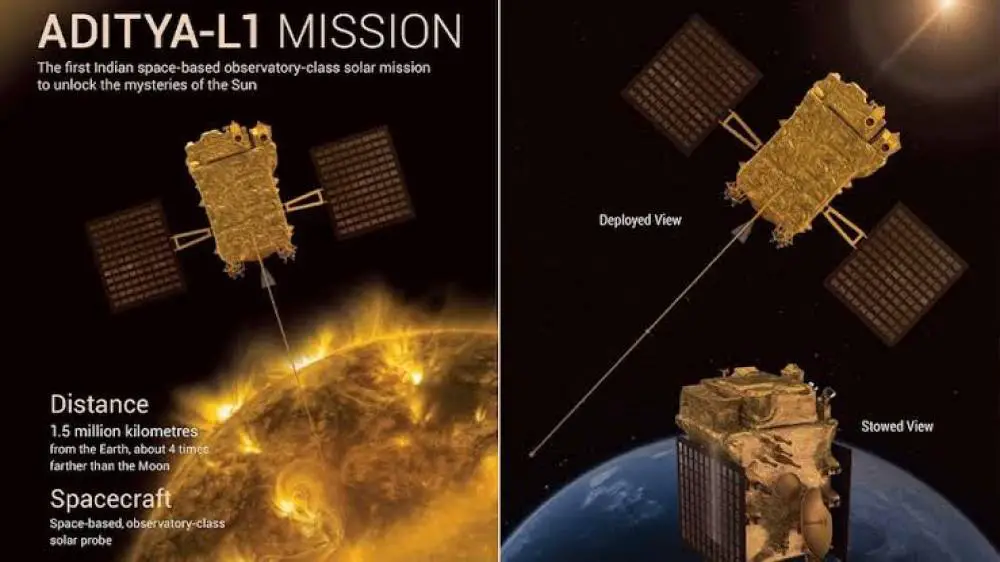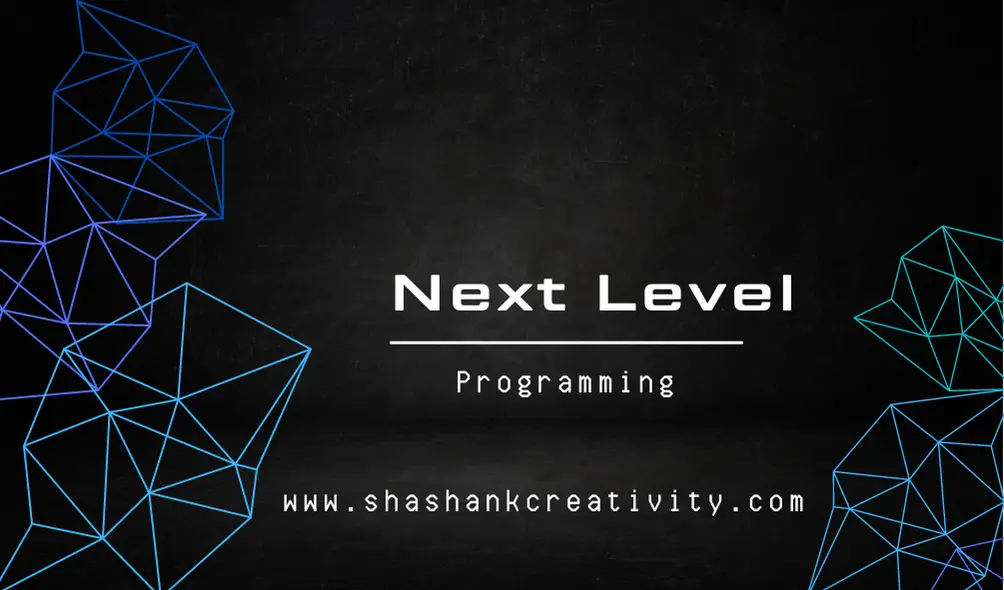Know Everything about ISRO's Aditya L1 Mission

Know Everything about ISRO's Aditya L1 Mission
What is Aditya-L1 mission
The Aditya-L1 mission is India's first space-based observatory to study the Sun. The spacecraft will be placed in a halo orbit around the Lagrange point 1 (L1) of the Sun-Earth system, which is about 1.5 million km from Earth. The mission is named after the Sun's core and is scheduled to launch on Saturday, September 2, 2023.
The Aditya-L1 mission will collect information about the Sun's surface that can be used for research. The spacecraft will provide remote observations of the solar corona and conduct in-situ observations of the solar wind. It will also study the flux of solar energetic particles reaching the L1 orbit. A magnetometer payload will measure the variation in magnetic field strength at the halo orbit around L1.
How much time will Aditya-L1 solar mission take to reach Sun
The Aditya L1 solar mission is expected to take about four months to reach the L1 point, which is 1.5 million km away from Earth in the direction of the sun. The mission is set to launch on September 2, 2023 at 11:50 AM IST from Sriharikota. The spacecraft will study the outer layer of the sun (Corona).
The Aditya L1 mission is the first space-based Indian mission to study the Sun. It will be placed in a halo orbit around the Lagrange point 1 (L1) of the Sun-Earth system. The mission is expected to cover the distance in four months' time.
Where will Aditya L1 solar mission land
The Aditya-L1 solar mission will not land on the sun. Instead, it will be placed in a halo orbit around Lagrange point 1 (L1). This point is located between the Earth and the sun, about 1.5 million kilometers from Earth. The Aditya-L1 mission will study the outer atmosphere of the sun. It will take about four months to reach L1.
L1 is a special location in space where the gravitational forces of the sun and Earth are equal to the centripetal force required to make a small object move.
What Information will Aditya L1 mission collect on the Sun's ??
The Aditya-L1 mission will collect data on the Sun's photosphere, chromosphere, and corona. The spacecraft will study various aspects of the Sun, including temperature plasma and coronal mass ejections. The mission will provide unprecedented insights into the Sun's behavior.
The Aditya-L1 mission was launched on September 2, 2023. The spacecraft will be placed in a halo orbit around the L1 Lagrange point, which is about 1.5 million kilometers from Earth. The spacecraft will carry seven payloads, four of which will directly look at the Sun. The other three will perform in situ studies of particles and magnetic fields at and around the L1 point.
What is L1 orbit of sun
L1, or Lagrange Point 1, is a location in space where the gravitational forces of two celestial bodies, such as the Sun and Earth, are in equilibrium. L1 is located between the Earth and the Sun, about 1.5 million kilometers (about 930,000 miles) away from Earth, in the direction of the Sun. It is situated in the Earth's orbital path around the Sun.
L1 is one of the five Lagrange Points that exist between any moving two-body system in space. The L1 point is perhaps the most immediately significant of the Lagrangian points, which were discovered by mathematician Joseph Louis Lagrange.
The L1 point is currently home to the Solar and Heliospheric Observatory Satellite SOHO. The Aditya-L1 mission, named after the Sun's core, aims to study Sun's behavior by placing itself in a halo orbit around the L1 point.
Is there any L2 exist as well
Yes, L2 orbits the Sun at the same speed as Earth. L2 is the second Lagrange point, or L2, which is located about 1.5 million kilometers from Earth. It's located on the opposite side of Earth from the Sun.
L2 is a great place to observe the universe because it's about four times further away from Earth than the Moon. The James Webb Space Telescope (JWST) is orbiting L2. The JWST's sunshield protects the instruments from the sun, Earth, and the moon.
L2 is a Lagrange point, which is a point in a two-body system where the gravitational pull and centrifugal force cancel each other out. L2 is metastable, so objects around it slowly drift away unless they maintain their positions.







